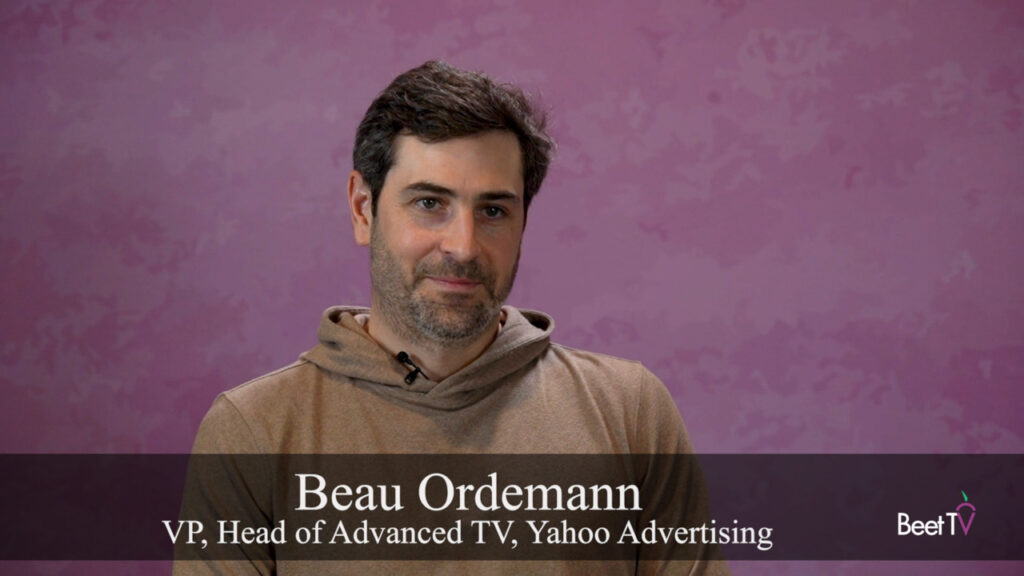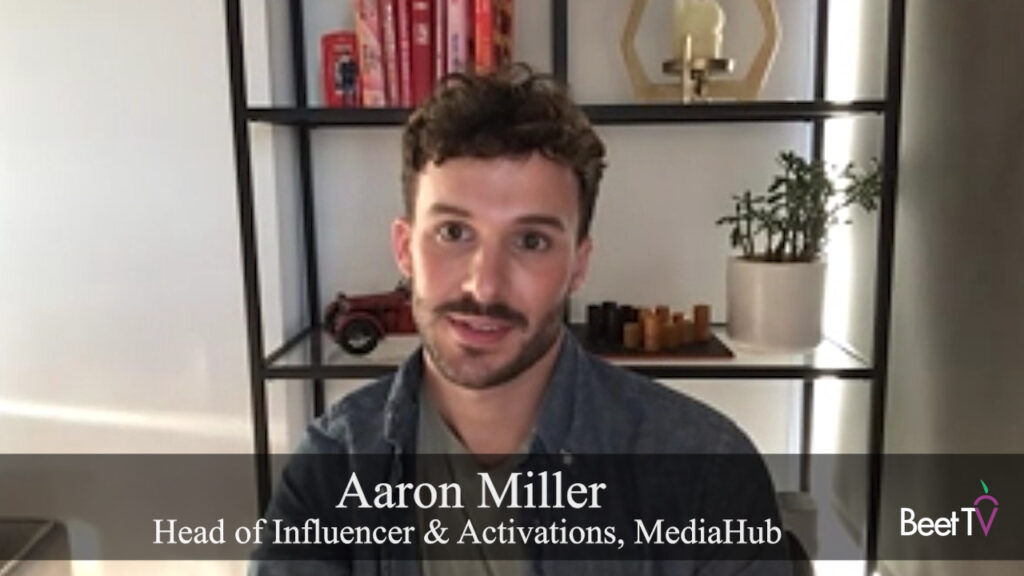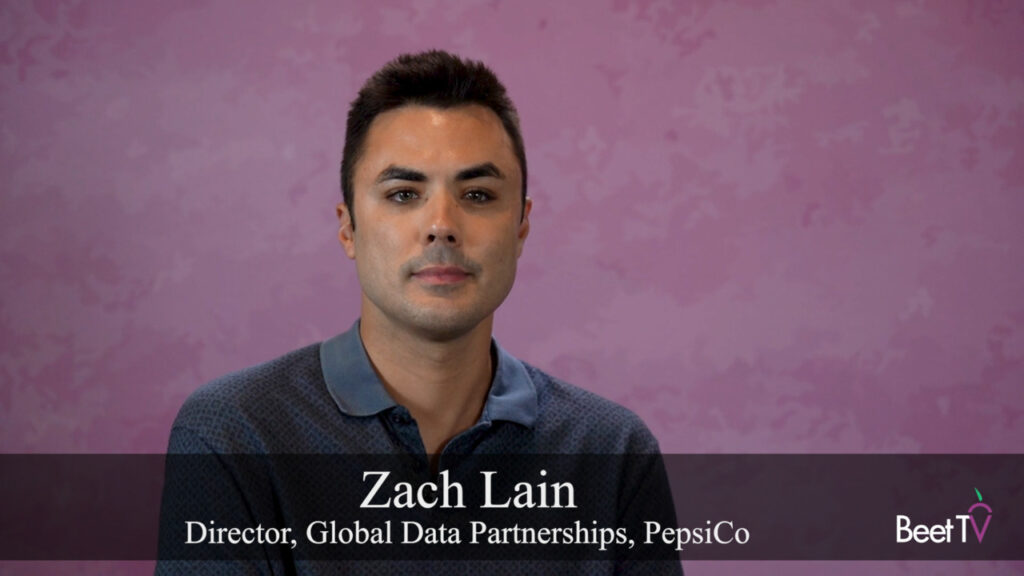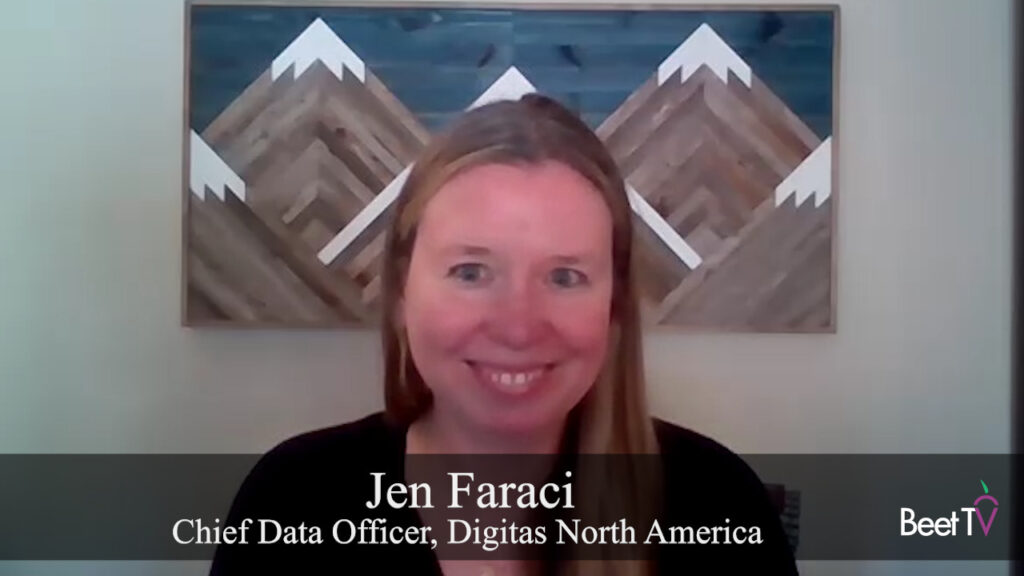In an industry in which “addressable” advertising has seemed to describe the extent to which inventory itself can be targeted, one man has a different take.
Charlie Weiss says “addressability” shouldn’t just refer to opportunities but also to outcomes.
In this video interview with Beet.TV, the head of business development at TV advertising measurement and analytics platform EDO, explains how it is performance which lights up addressability.
Performance wins
“To buy media in an addressable way is to reach your target audience based off of your own data or a client’s or media owner’s first party data,” Weiss says.
Most would agree with that definition – but Weiss says “addressable” is getting “refined”.
“Social platform and larger retailer CPMs are going up because the ads perform whether they’re addressable or not,” he says.
“People … are not talking about whether the ad was ‘addressable’. What they’re really talking about is, ‘Was this an effective way of marketing for near-term results and long-term brand building?’.
“So I really think that addressability will be a function of real-time performance and ad efficacy more so than ‘I’m an addressable user or I’m a non-addressable user’.”
Future of targeting
Addressability is a hot topic because of two bifurcating trends:
- Normalized digital channels like mobile are losing targetability because traditional techniques like third-party cookie matching are being phased out.
- New platforms like connected TV are gaining targetability, in a way that TV never enjoyed, but almost always have to embrace the opportunity without tools like cookies baked into the technology.
After Apple’s hard push on user privacy, Google is now expected to remove third-party cookies from Chrome by 2023.
Privacy plus performance
Despite the trend toward privacy, Weiss thinks software companies with strong consumer relationships can adequately muster consent and use that data to show advertisers effectiveness.
“Companies like Uber or Instacart are setting up their own ad platforms despite all the privacy concerns and the changing ecosystem because they’re able to show attribution from their media platform and data to a result for a marketer,” he explains.
“Privacy is only going in one direction, which is being more transparent and more strict with consumers …
“But I think the needs out there and the opportunities are still the same.”
You’re watching “Diversifying Spend: Buying Beyond Audiences” a Beet.TV Leadership Series presented by Yieldmo. For more videos from this series, please visit this page.
































